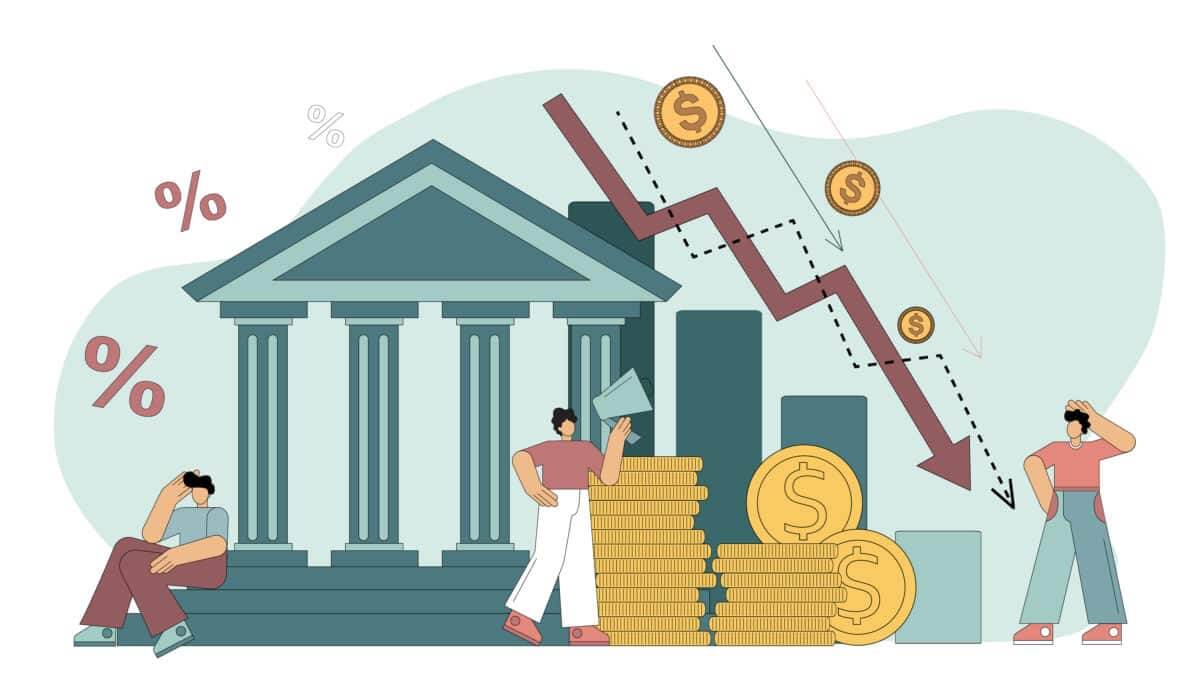
Risks of Retirement to Avoid
A persistent market slump, just as you need to start drawing on your savings, is a major risk you could encounter as a new retiree. Retiring with your money allocated to mitigate that risk is worthwhile because research demonstrates the long-term harm this can cause to your portfolio.
In 1950, the average life expectancy was 68.14 years; in 2021, it will be 76.1 years. Despite pensioners living longer, life expectancy fell with COVID-19 by around 1.2 years. A couple reaching the age of 65 has a 50% chance of having a survivor who lives to be 93 years old and a 25% chance of having a survivor who lives to be 98 years old.
Outliving their money is the main danger that retirees confront. Even though no one can predict their exact lifespan, 30-year retirements are more prevalent than in previous generations. Utilizing a three-buck plan is one way to balance the longevity risk. The goal is to distribute savings to meet current, upcoming, and long-term requirements. The liquid is whatever will be needed in the next five years; income will be required in the next 30 years; and growth will be needed to pay for inflation, taxes, and foreseeable medical costs.
Inflation Risk
The loss of purchasing power brought on by the increased cost of commodities is inflation. Although interest rates will remain high for the foreseeable future, the average inflation rate since 1914 was 3.24% and will remain stable. Spending power is important in retirement, but it can also be politicized and overstated, particularly when there are problems with the supply chain and price gouging. Any asset or income stream with a monetary value could be subject to inflationary risk since its value will decrease directly to the level of the declining purchasing power of money.
Tax Rates Risk
The majority of the law’s provisions will expire in 2026. A retiree’s Social Security benefits will be taxable regardless of whether the retiree is still working or has other sources of taxable income, such as pensions, bank or pensions, short-term capital gains, periodic dividends, local bond income, and withdrawals from the retirement plan.
In 2022, between $25,000 and $34,000 for singles and $32,000 and $44,000 for couples, 50% of your allowance can be deducted from joint income.
Health Care Costs Risk
Health care expenses, such as insurance, Medicare Part B premiums, prescription costs, co-pays, co-insurance, and deductibles, can be expensive in addition to long-term care. According to Fidelity, an average retired couple turning 65 in 2022 may need to save nearly $315,000 (after taxes) to pay retirement expenses. Considering prospective taxes paid, that sum could be higher if you utilize a taxable account.
You can not avoid costs unless the American healthcare system changes, so it is best to be ready. Retirement expenses may be lower for some, but the consensus is that they will certainly rise overall.
Long-term care expenses cause the greatest financial damage to a retiree’s savings and investment portfolio. When care is needed, home care assisted living, and skilled nursing costs increase by an average of 1.71% to more than 3.64% annually.
Home health care costs an average of $61,7476. Assisted living costs an average of $54,000. Moreover, a semiprivate nursing home cost an average of $127,538 per person in 2021. Home health care should cost about $149,947. Assisted living should be about $131,072. Furthermore, a semiprivate nursing home room should be about $230,3417 by 2051.
Lifetime Income Risk
Pension plans were a sizable portion of a retiree’s income until the 1980s. According to the Bureau of Labor Statistics, the percentage of employees in the private sector has significantly decreased to under 20%. According to the Pension Rights Center, only 31,4% of senior citizens in America have pensions.
The “three-legged stool” was a part of Social Security and savings. It was first proposed at a Social Security conference in 1949, with pensions as its strongest leg. However, today’s retirees are frequently left to figure out how to fill in the most important gap to build a stable income stream that won’t outlive them on their own.
Retirees’ tolerance for market risk should decline as they age. The possibility of getting lower or negative returns sooner than expected when taking withdrawals in retirement might dramatically reduce the overall lifetime of those assets. Since the introduction of the 4% withdrawal rule in the Journal of Financial Planning in 1994, retirees have continued to employ antiquated guidelines like these. It claims that the best way to avoid running out of money is to make a safe withdrawal of 60% stocks and 40% bonds. This rule, though, has come under disapproval because of the low-interest rates. According to research, it should drop roughly 2.953% to 3.34%.
In conclusion
Making plans for retirement is difficult. When we leave the workforce, we often have to deal with significant life changes and potentially significant financial hazards. Inflation, market risk, and medical expenses are just a few of the things that could jeopardize your financial stability.
Inflation poses a concern to retirees, especially in 2022, and if you aren’t receiving cost-of-living raises from a job. Thankfully, Social Security does annually implement cost of living adjustments (COLA). The fact that Medicare may not fully cover your medical costs. This is one of the reasons health care is so expensive for retirees. For instance, it will not cover long-term care, dental work, and hearing aids.
Retirees often combat inflation by keeping stock investments. Retirees often hold fewer equities than those in their 20s. However, maintaining a modest stock holding can assist in offsetting the effects of inflation.




